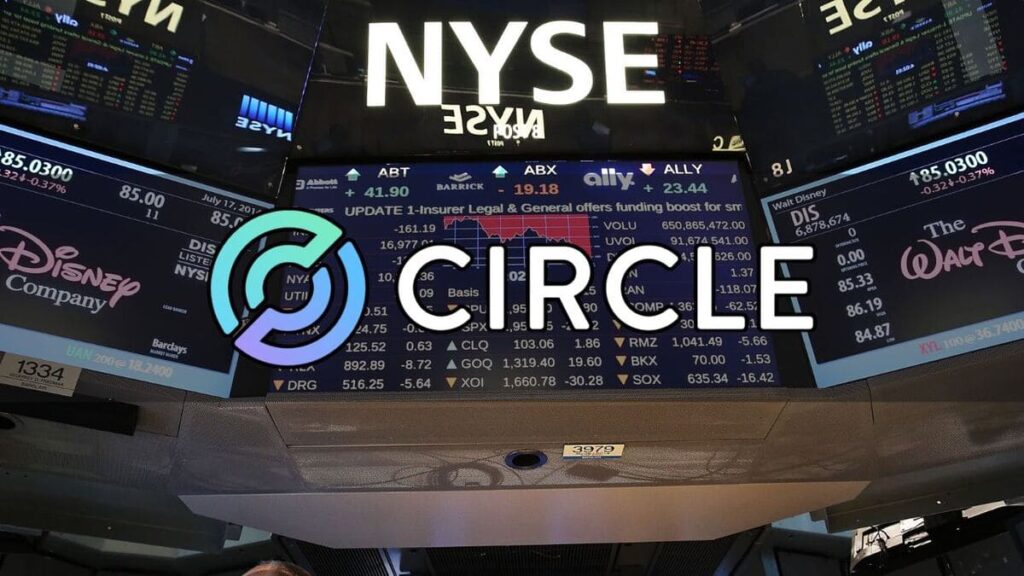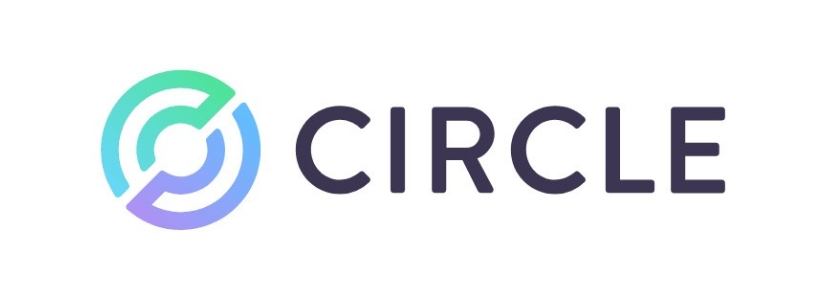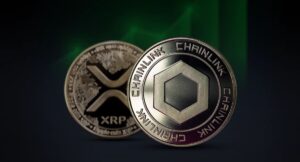TL;DR
- Circle began trading on June 5 at $31, surged nearly 200% within minutes, and now trades around $115 with a market cap close to $25 billion.
- USDC ranks as the second-largest stablecoin by value, with $61 billion in market cap.
- ProShares and Bitwise filed for Circle stock-based ETFs: one leveraged to double gains, and another using a covered call strategy.
Circle Internet Group started trading on the New York Stock Exchange on June 5, opening at $31 per share. Within minutes, its price jumped nearly 200%, reaching around $115. After this rise, its market capitalization stands near $25 billion.
USDC, Circle’s stablecoin, ranks second in market value with approximately $61 billion in capitalization. Only Tether’s USDT surpasses it, with about $154 billion. USDC was created in 2018 through a partnership with Coinbase. In 2023, the firm took full control over USDC issuance and governance after Coinbase acquired an equity stake in the company.
Circle ETFs: How Will They Work?
After going public, two issuers applied to launch exchange-traded funds (ETFs) that track Circle’s stock performance. ProShares proposed a leveraged ETF called Ultra CRCL, aiming to deliver daily returns roughly twice the movement of Class A shares on any given day. This strategy lets investors maximize gains during short-term price increases.
Meanwhile, Bitwise proposed an ETF employing a covered call strategy, which involves selling call options on stocks the fund already owns. This approach seeks to generate extra income while limiting potential losses if the stock price declines. Both ETFs have an estimated effective date of August 20, 2025, when they could start trading publicly.
The swift ETF filings following Circle’s public debut highlight strong market interest in the company and its stablecoin USDC. Decentralized finance and digital assets continue to gain traction within traditional markets, becoming part of more conventional financial instruments













